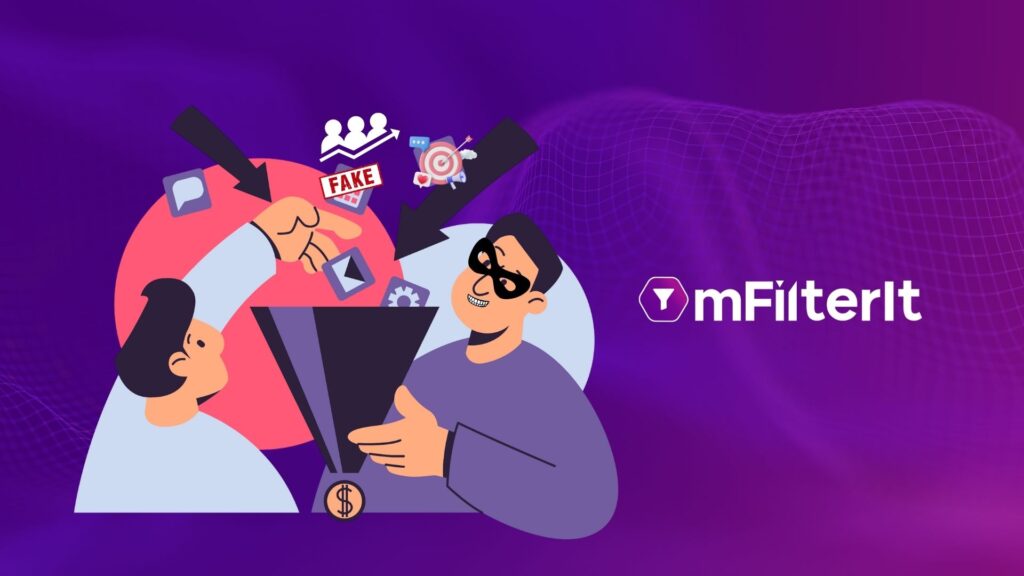One minute you’re deeply engrossed reading a dense political explainer on rumblings across the globe or simply scanning weather information for your weekend gateway. Before realization hits you, you’ve clicked on a headline that says, “Here’s how you can make $1000 every week”.
Relatable? We’re sure it’s a relatable experience for every online user in today’s time.
Such links are nothing but ‘clickbaits’, which attracts eyeballs and piques curiosity for a user with catchy headlines, often with defying logic, yet, such headlines still appeal to the user to click on them. Such links often contain misleading content or a pure waste of time, with the only aim to get more and more traffic.
Apart from being the lowest form of journalism, marketing, and blogging, clickbait has become a pathway to digital fraud, impacting brands and marketers with skewed and untrustworthy data.
But how is it affecting your digital marketing campaigns?
Brands want to reach where consumers are; therefore, millions are spent on advertisements using Google, Facebook and Twitter, and other such platforms to place trigger-inducing ads. Companies leverage data to predict where the consumers are to place advertisements effectively. Now, is the data bogus or fraudulent? The information (read data) provided to you only contains fake clicks, non-existent traffic, or infected by bots?
Brands that rely on third-party data providers to place their ads are rampant malpractices and fake data such as bots that mimic human behavior or device farms that create fake devices to generate -human-like- activity on non-existent devices. Such skewed metrics impact digital marketing campaigns, which drain resources on counterfeit users of zero value to brands.
Welcome to the era of ‘Organized Marketing Crime.’
Clickbaits can range from a survey form to ‘spin-the-wheel of fortune game’, supposedly sponsored by a known brand. Sure, you’d like to try your luck if a reputed brand supports it. Oh, one can only imagine the repercussions!
These links often contain malicious code which can harm your device, called ‘malvertising’. When clickbaits are in the form of a contest or survey, it asks the user for personal information such as credit card information, date of birth, etc., which fraudsters can then use to execute a financial theft or identity theft.
From a brand safety perspective to skewing data metrics and ad fraud, the threats posed by clickbait is a matter of serious attention.
How are you steering away from such issues? Do you have tools in place to protect yourself from such vulnerabilities? Talk to us; we may be the right team to help you achieve the most out of your marketing campaigns.







